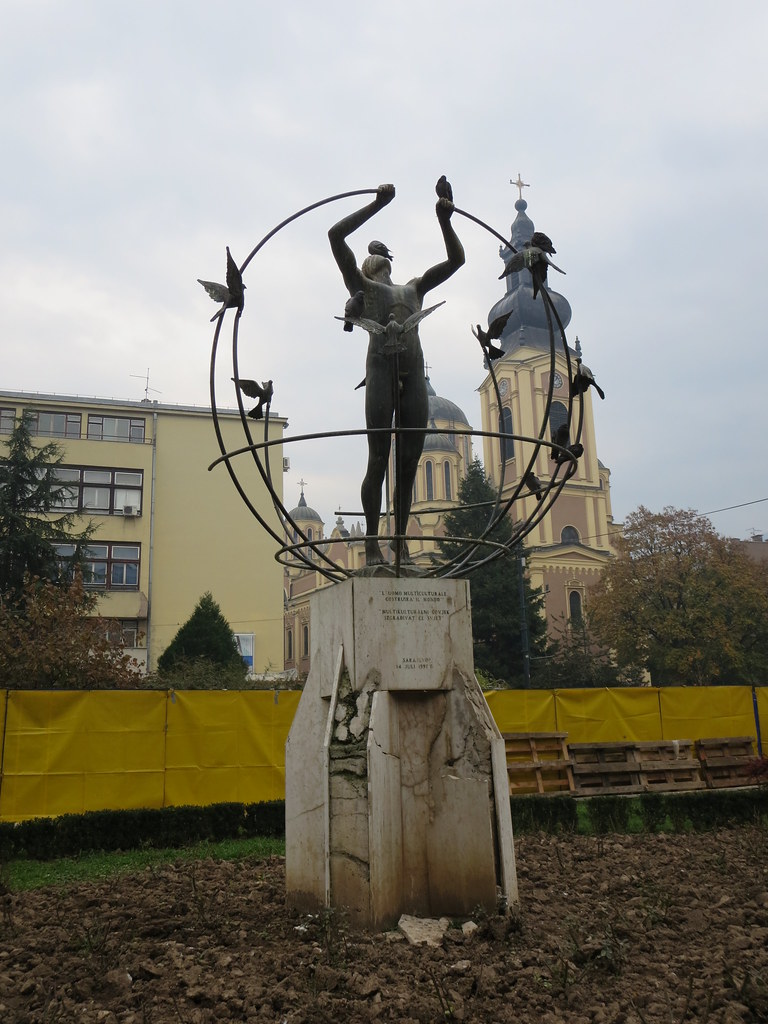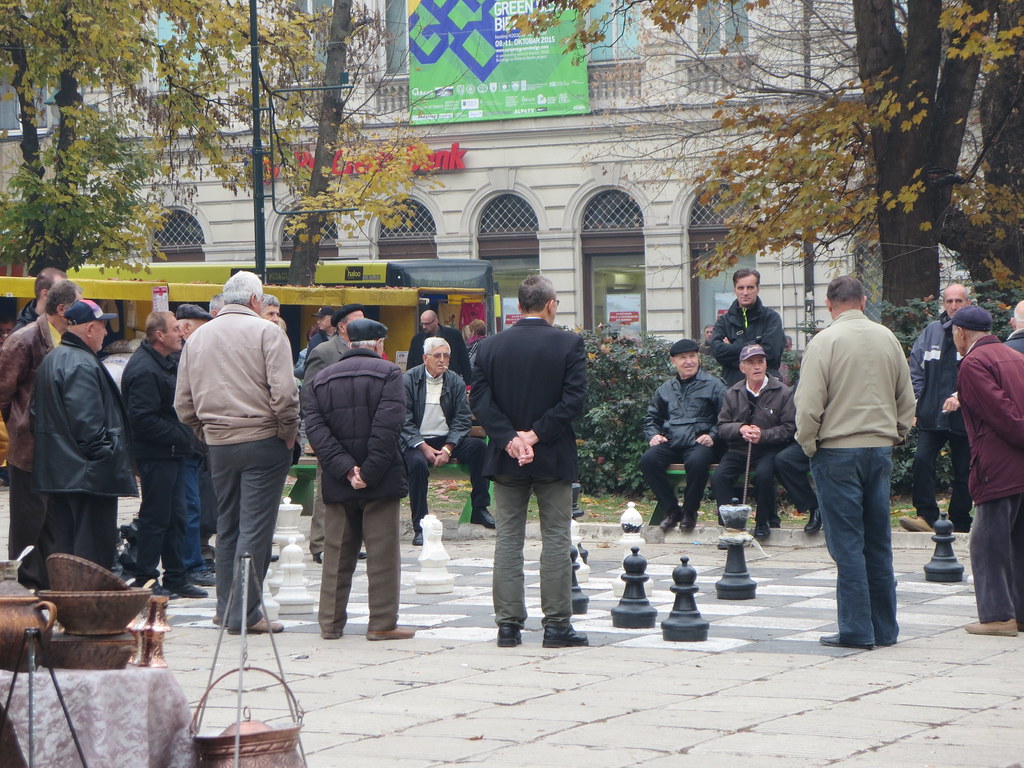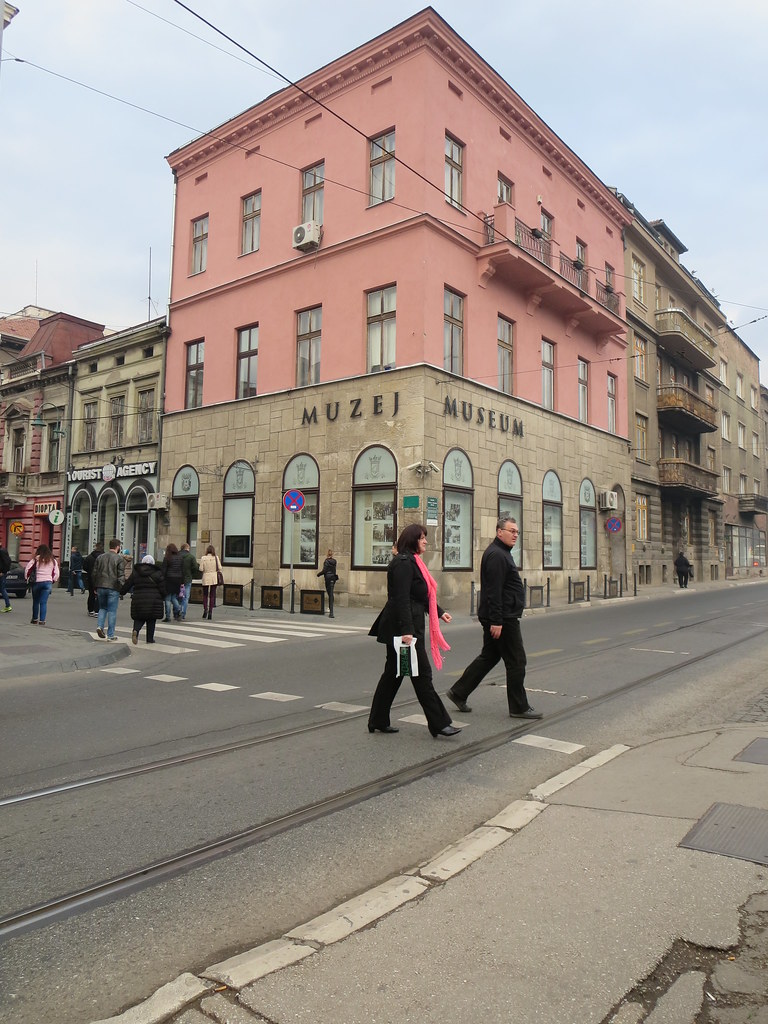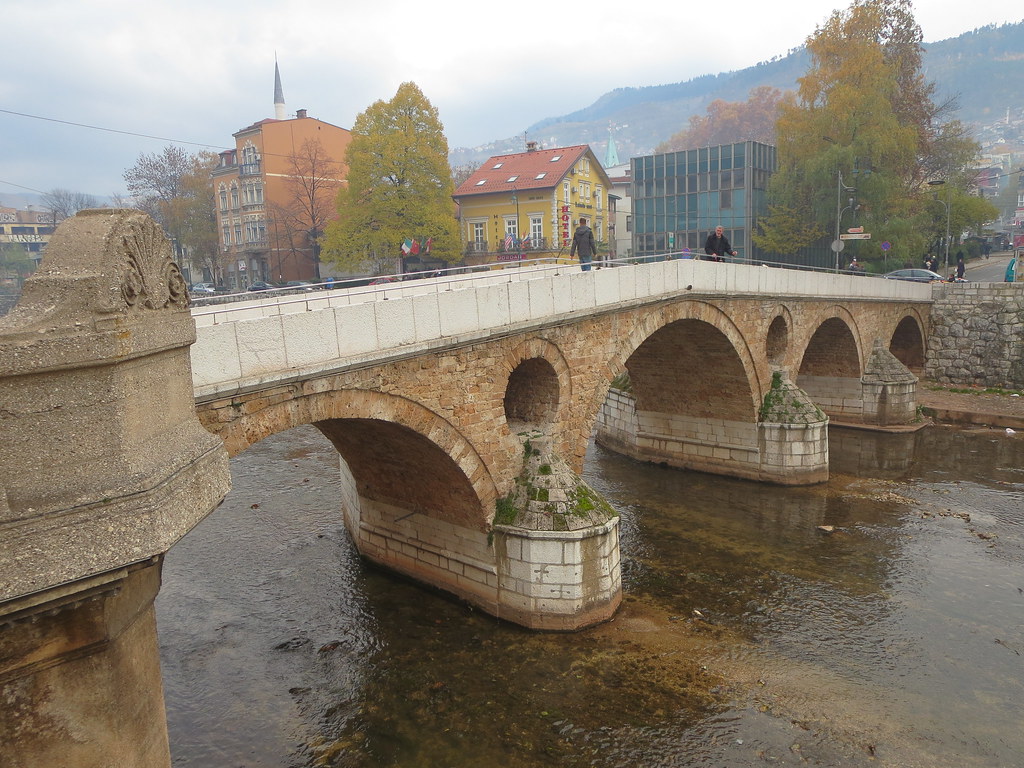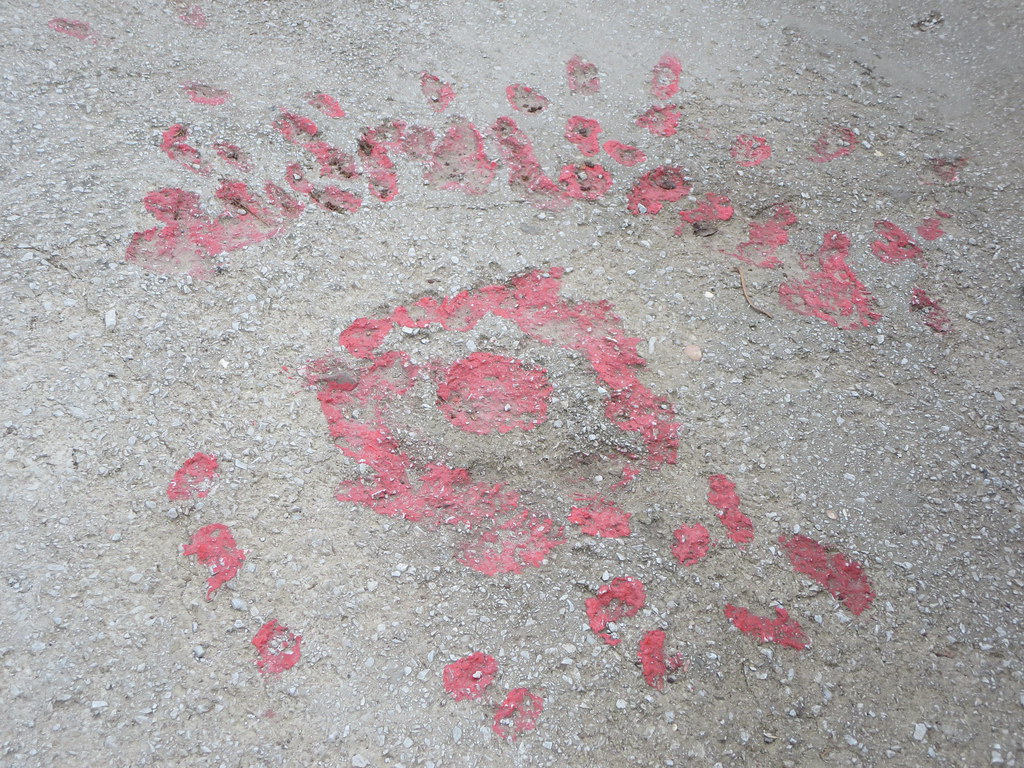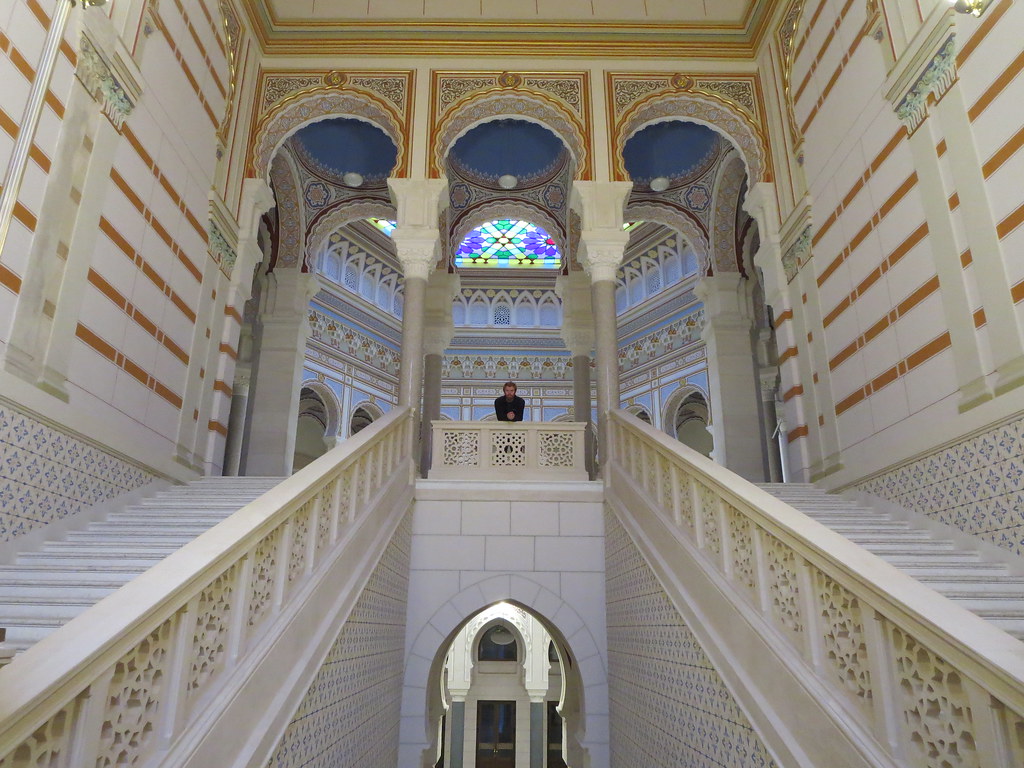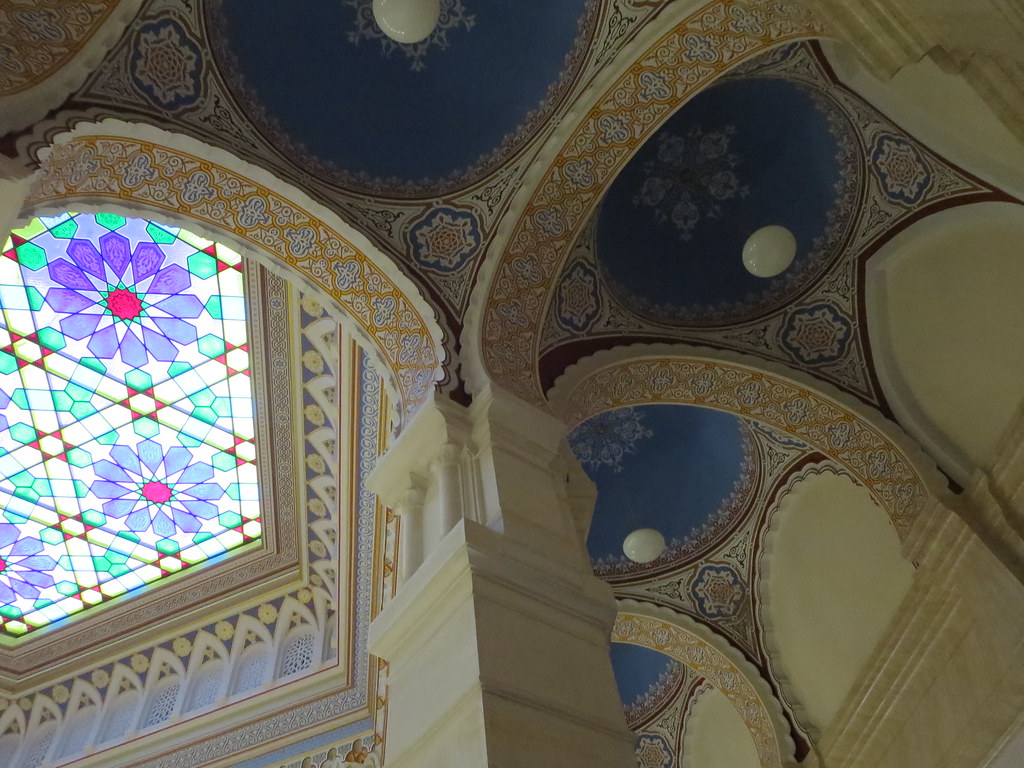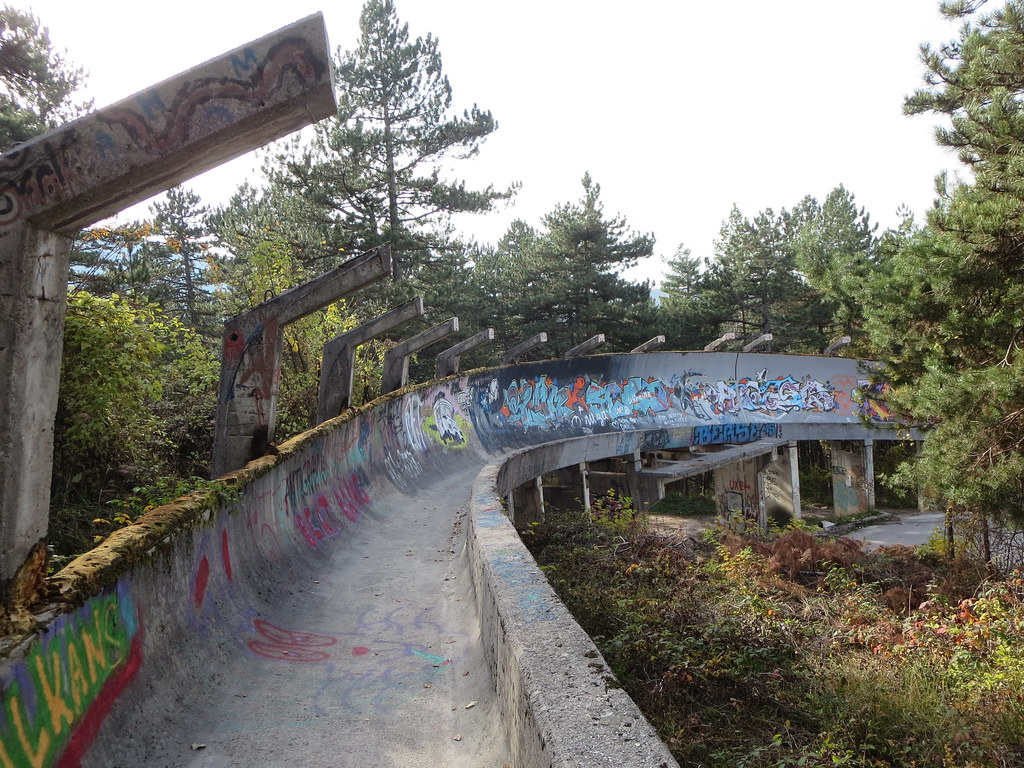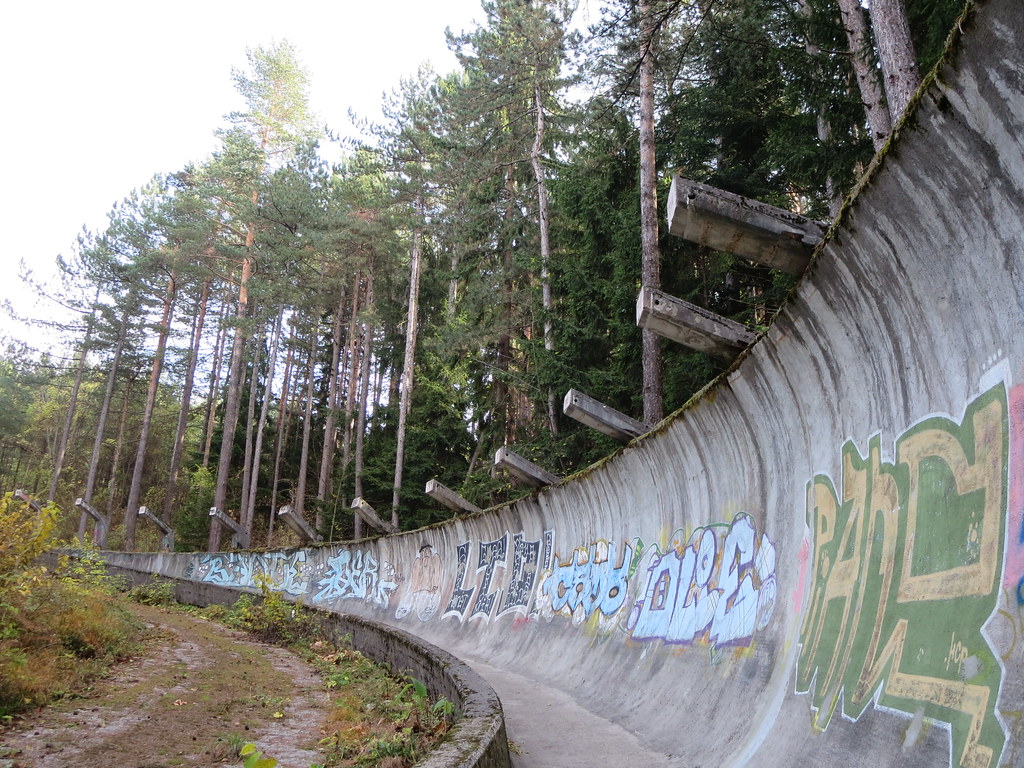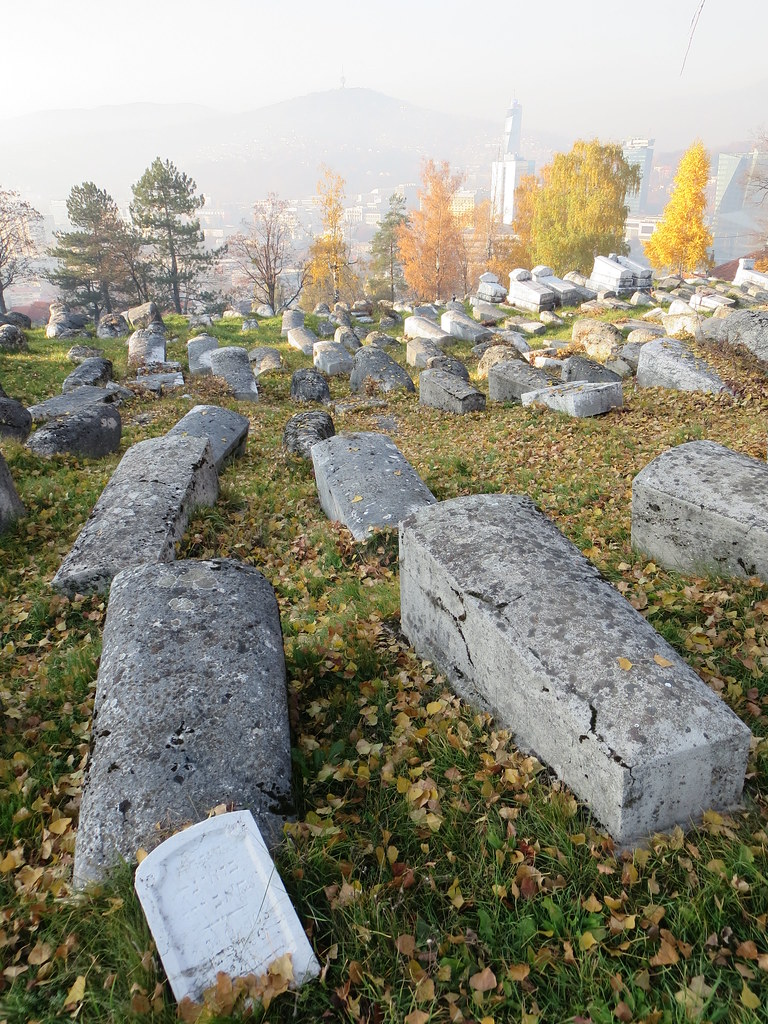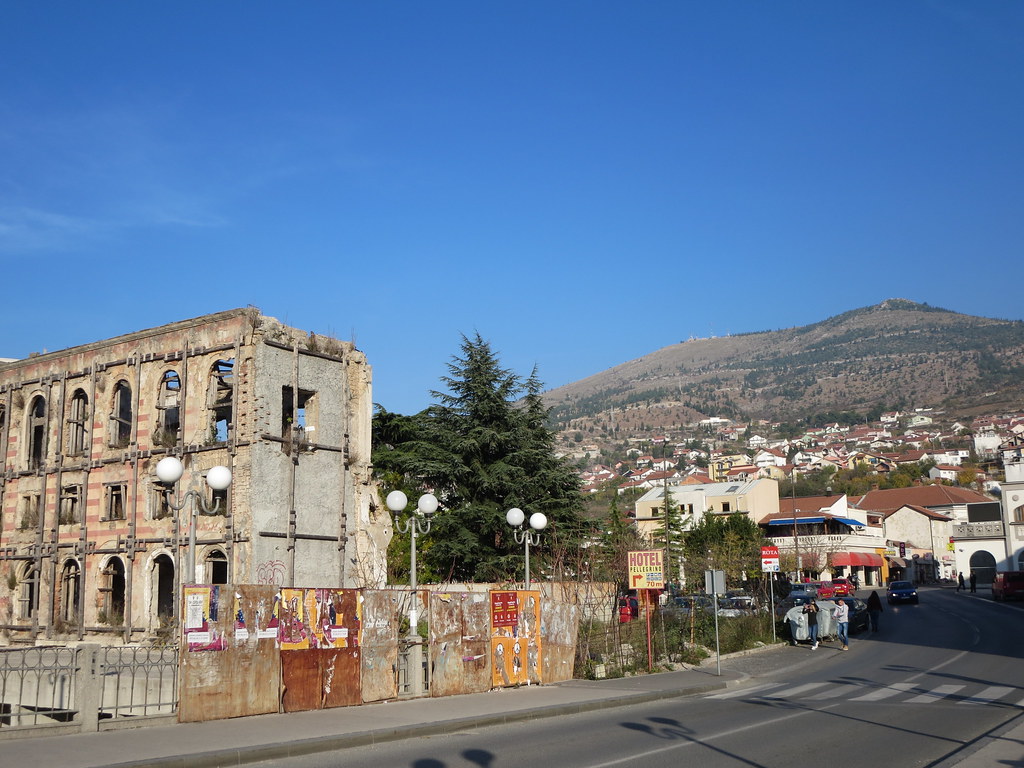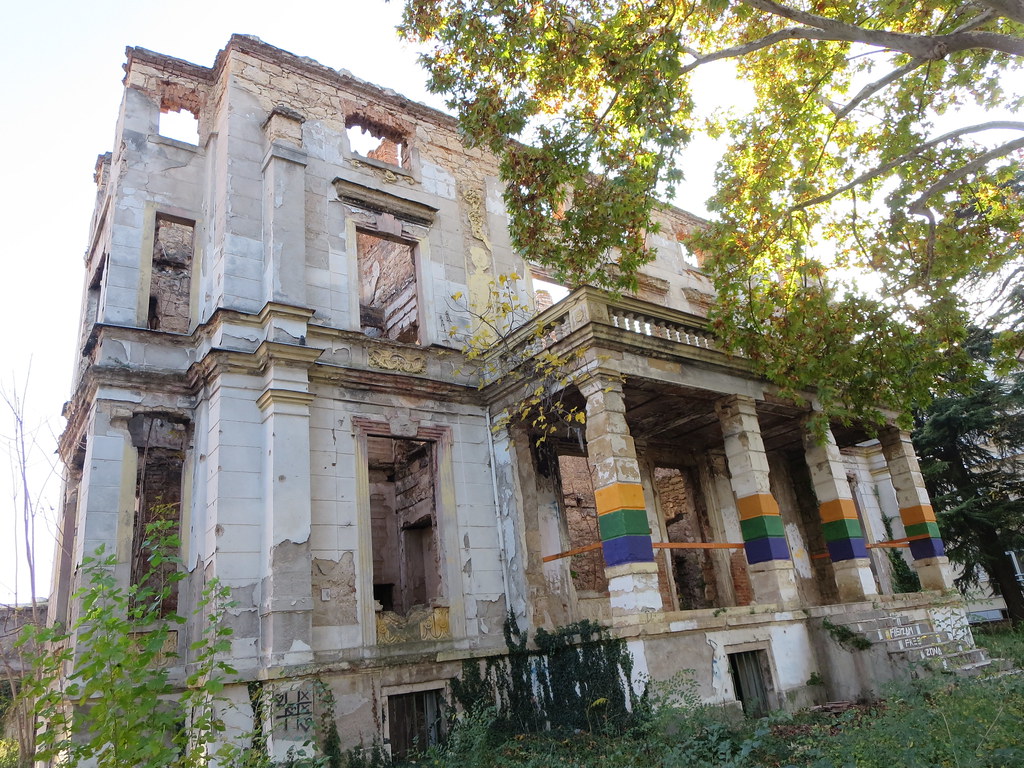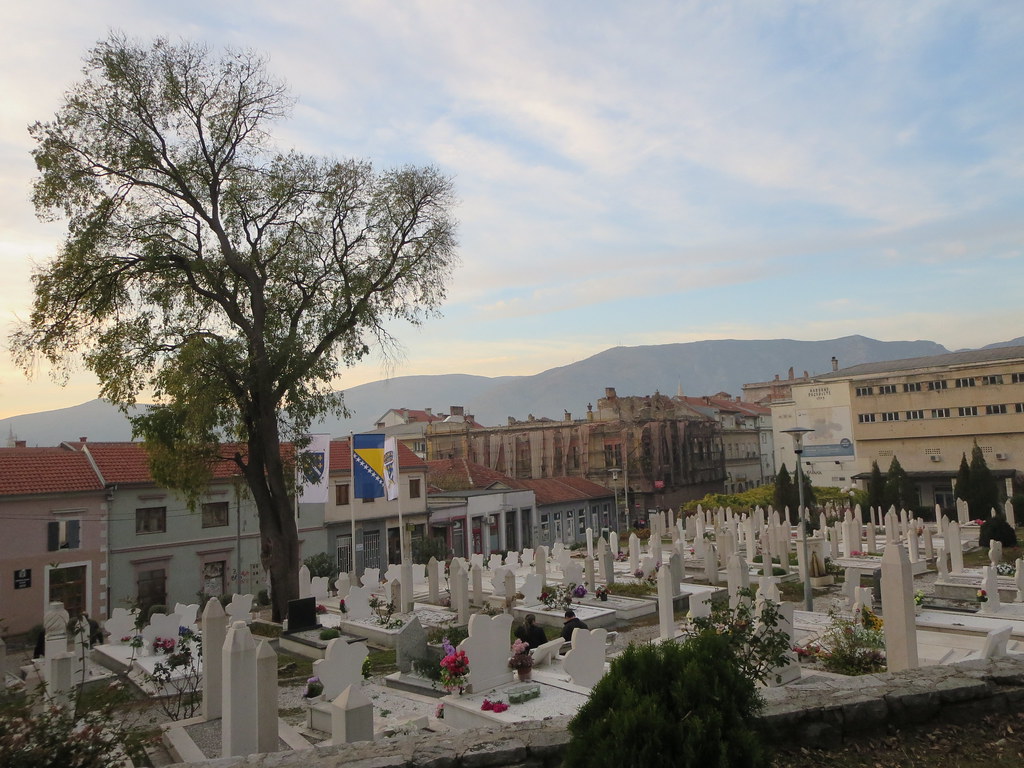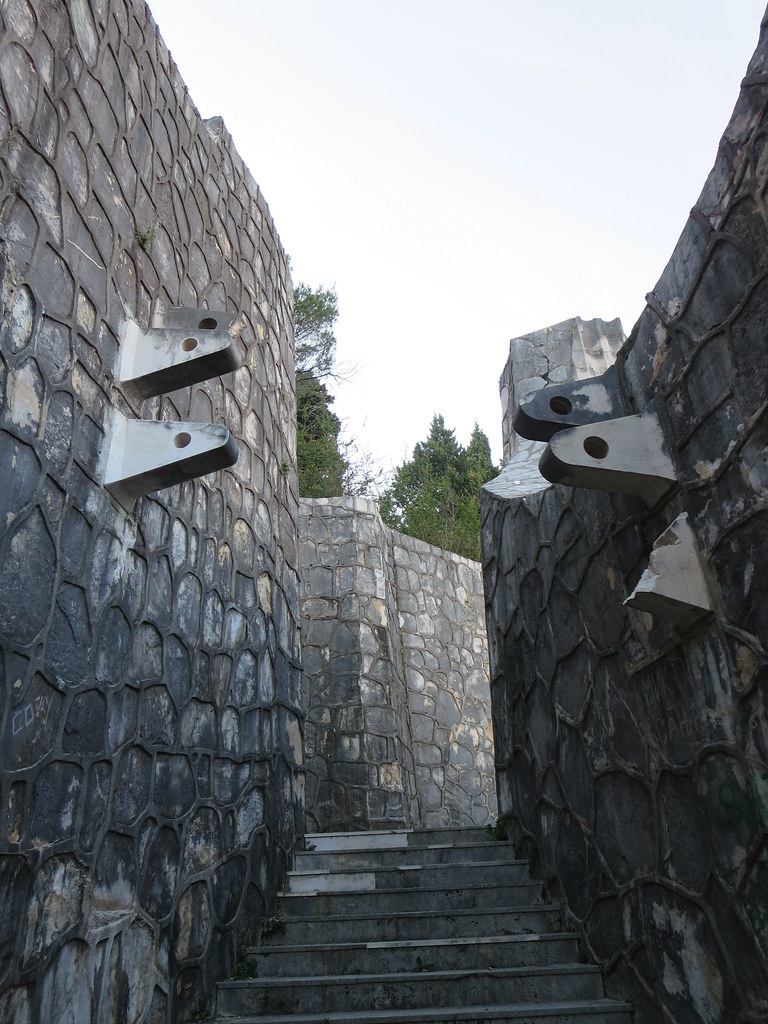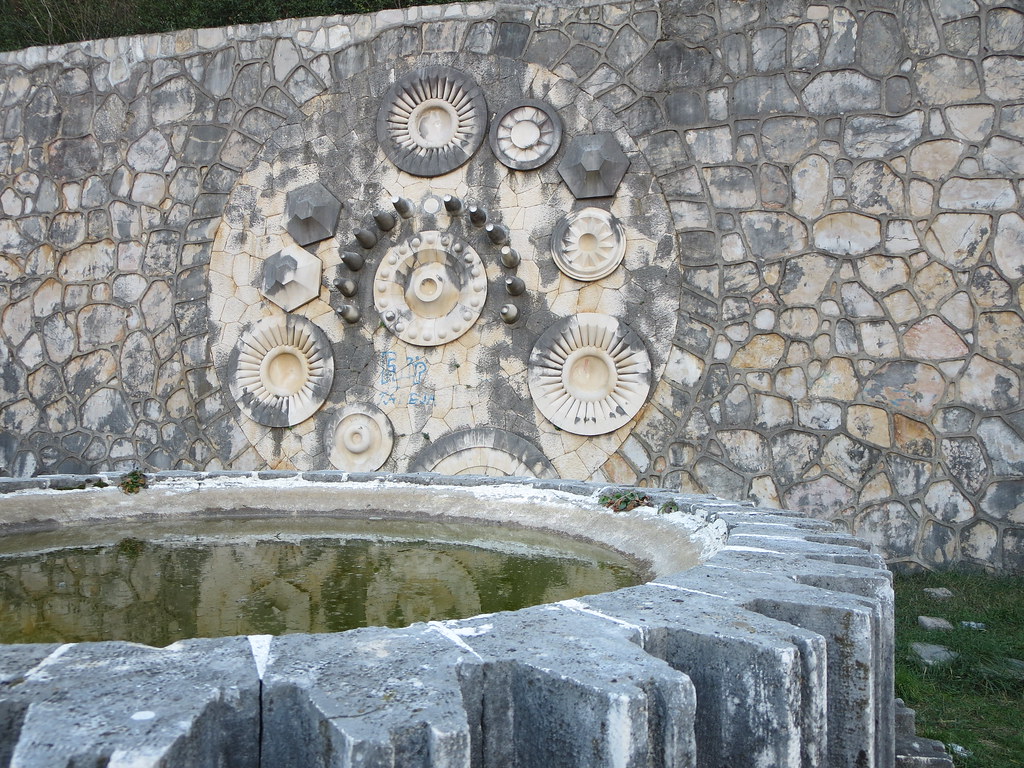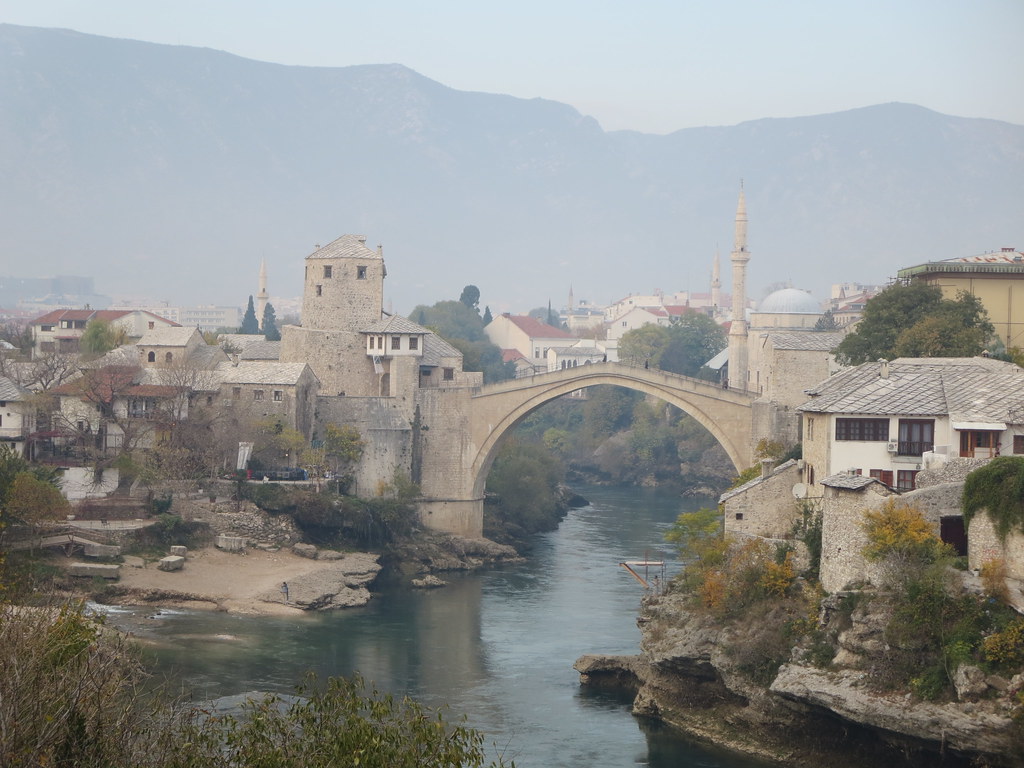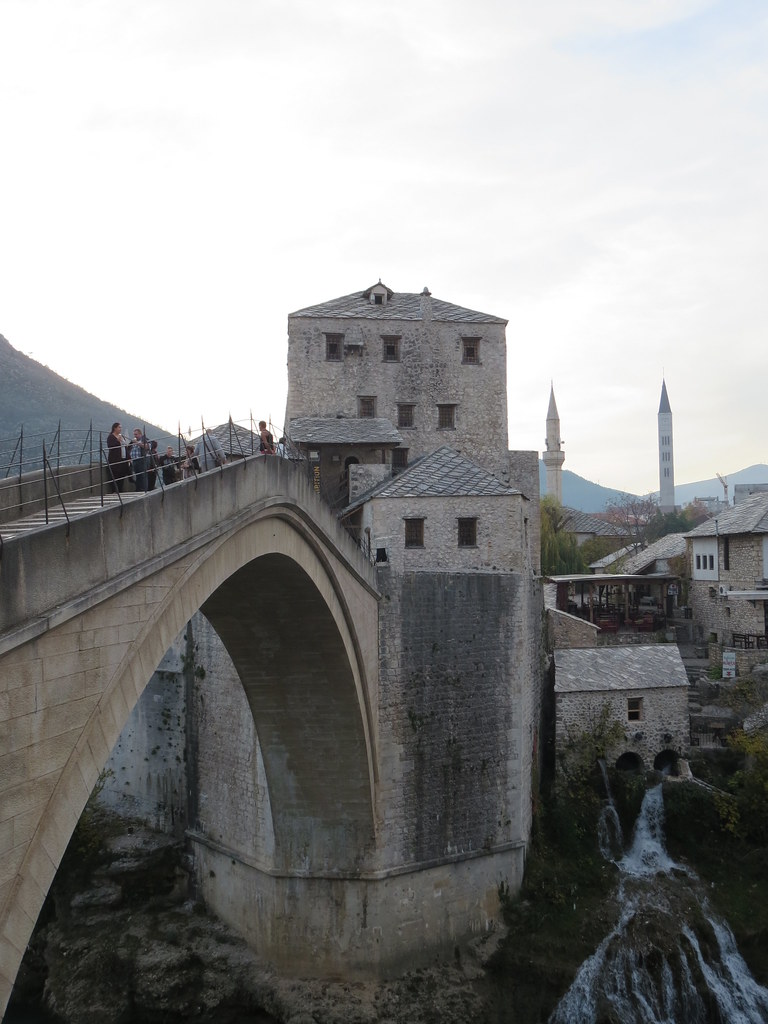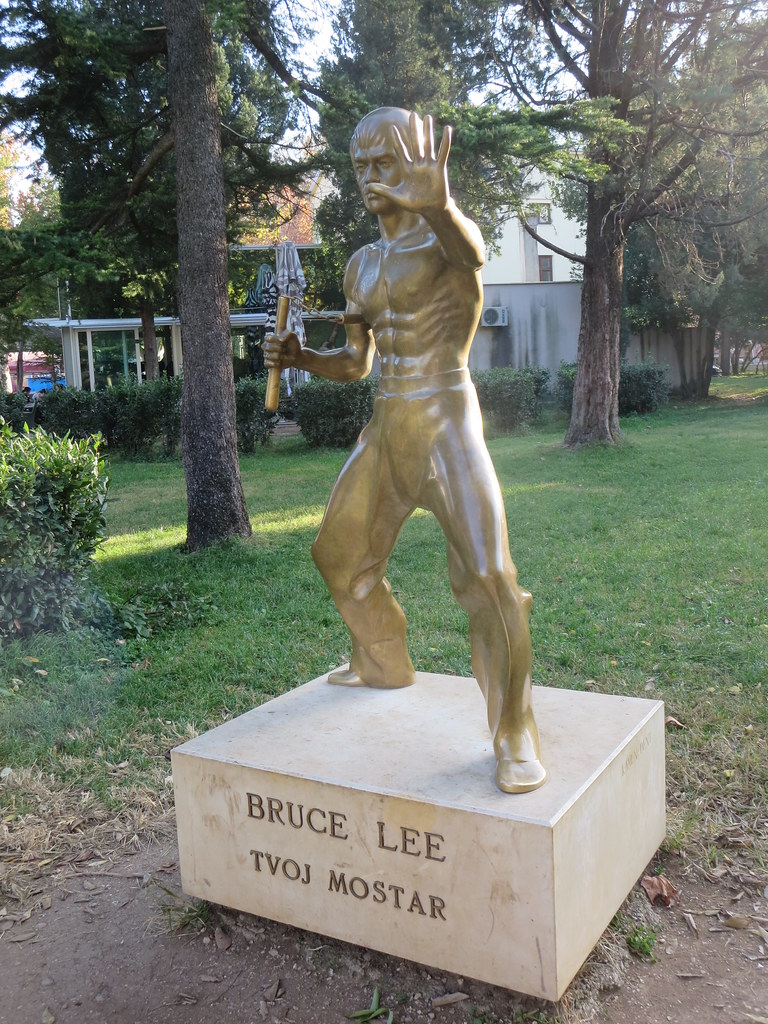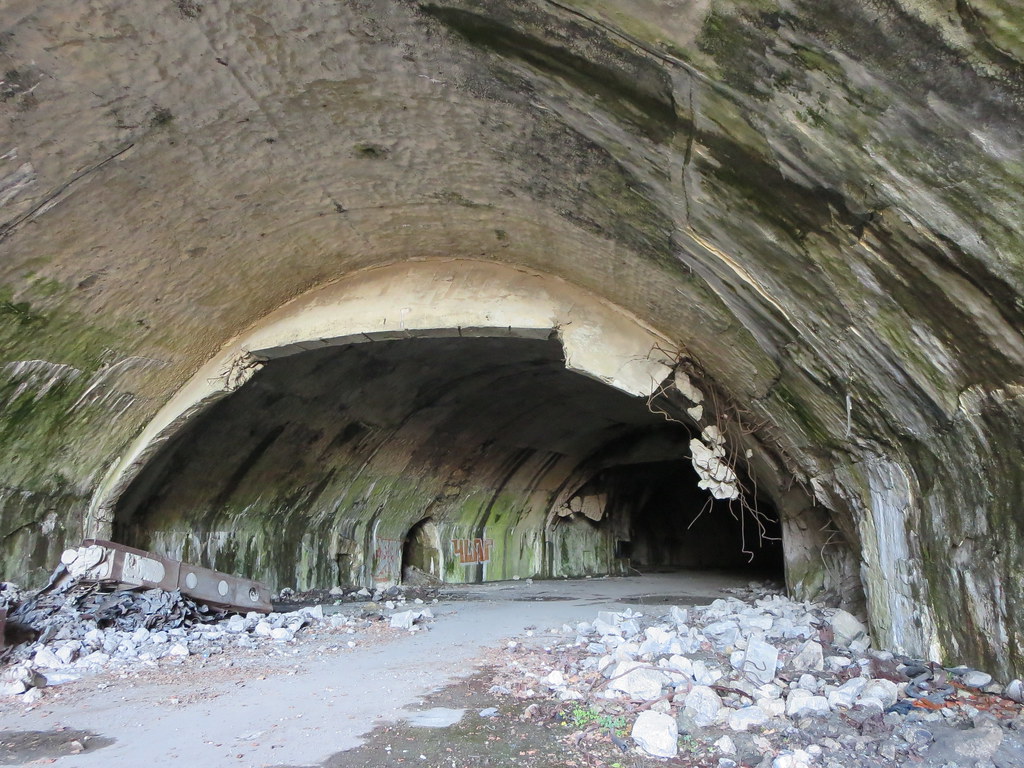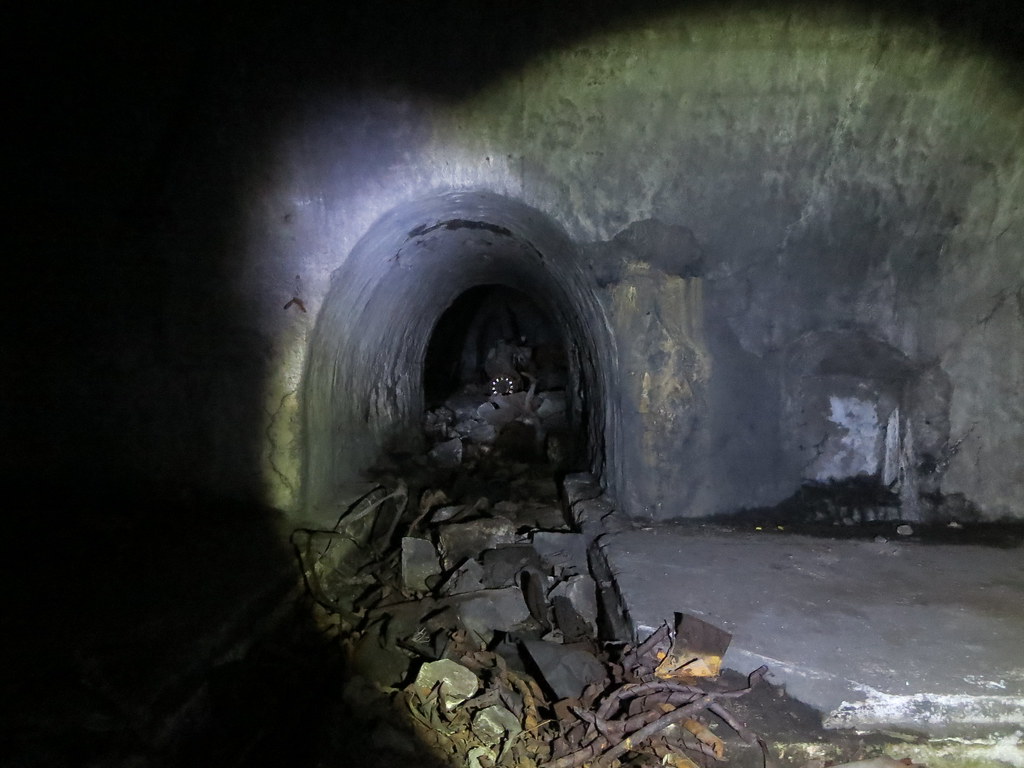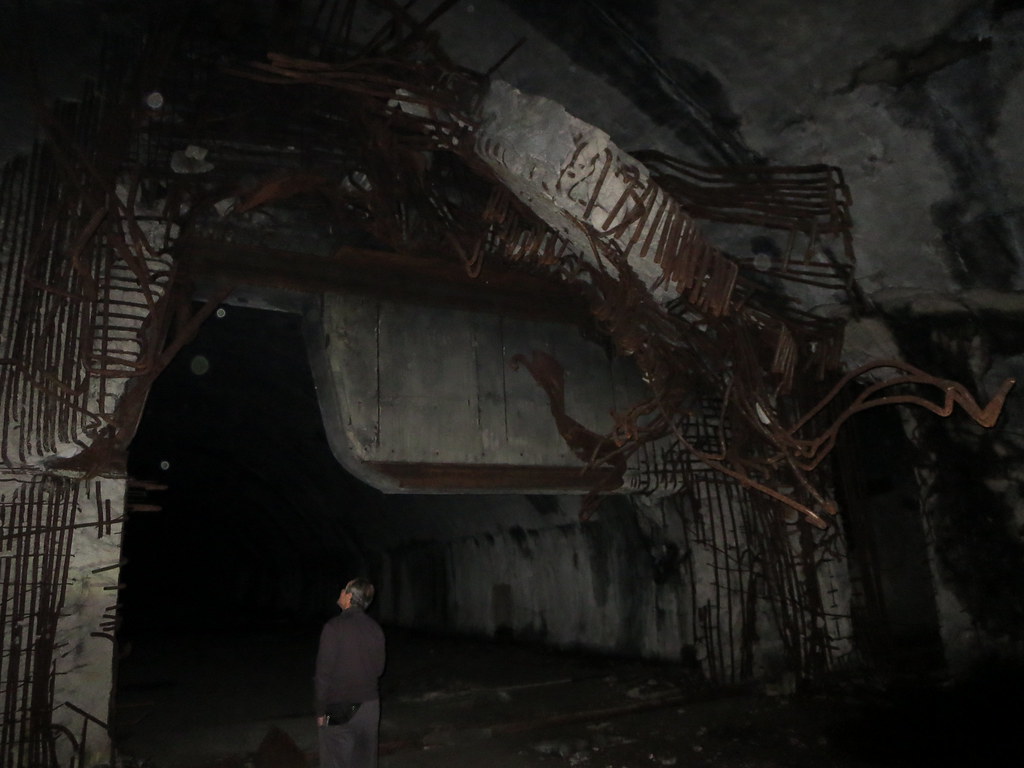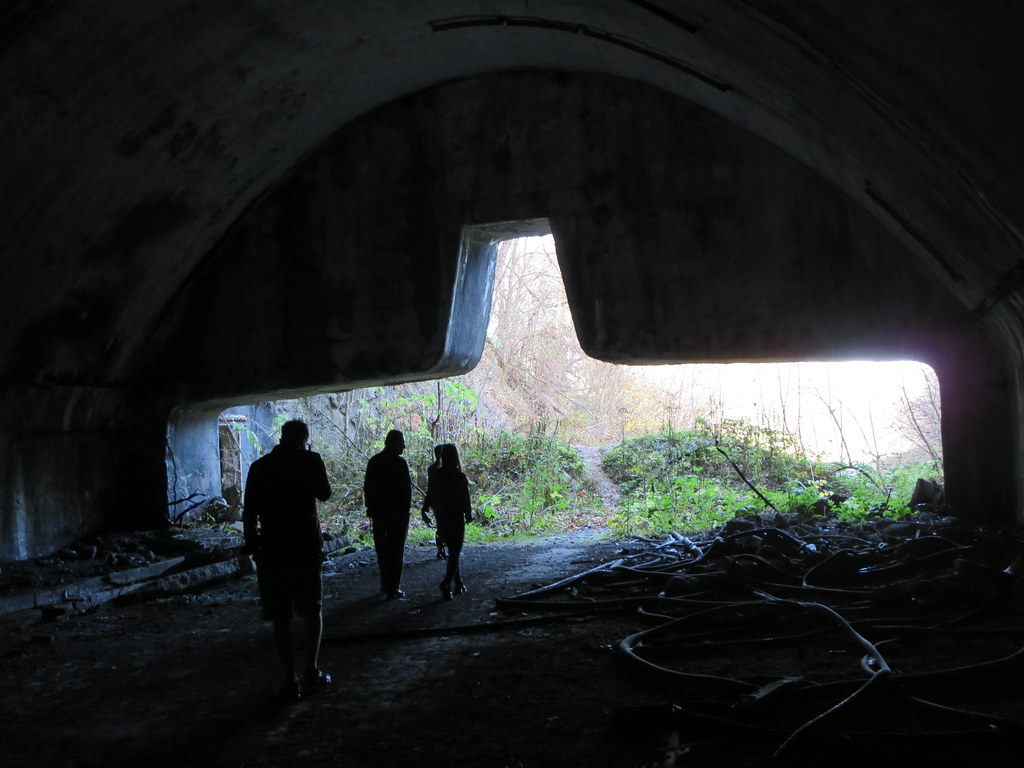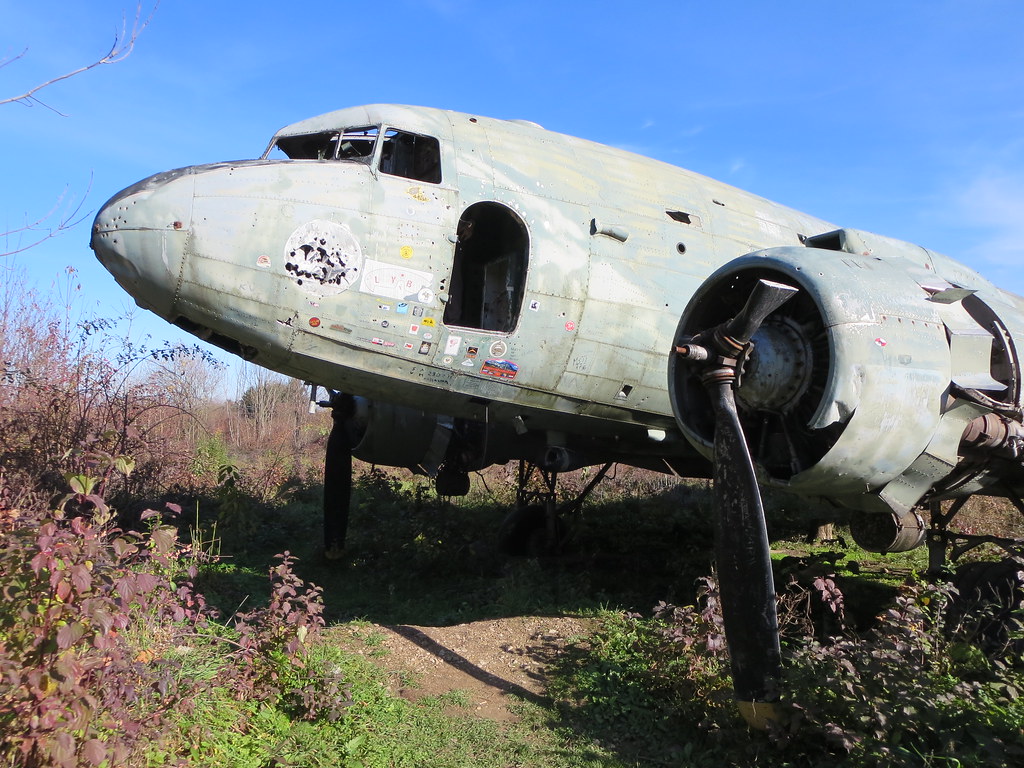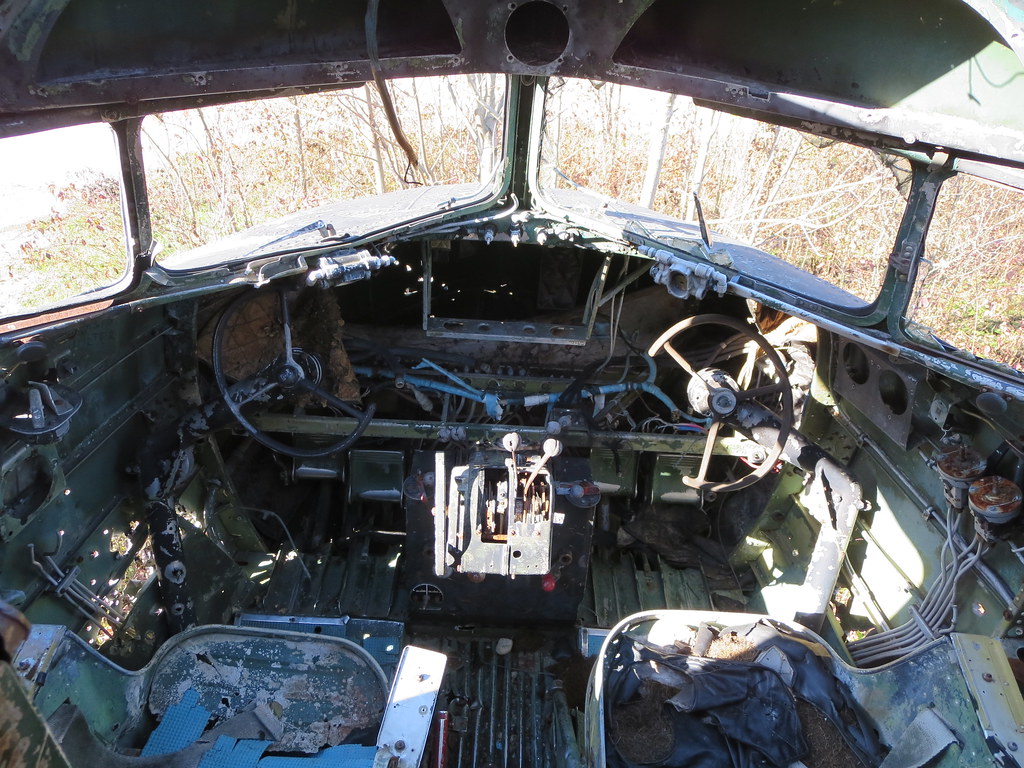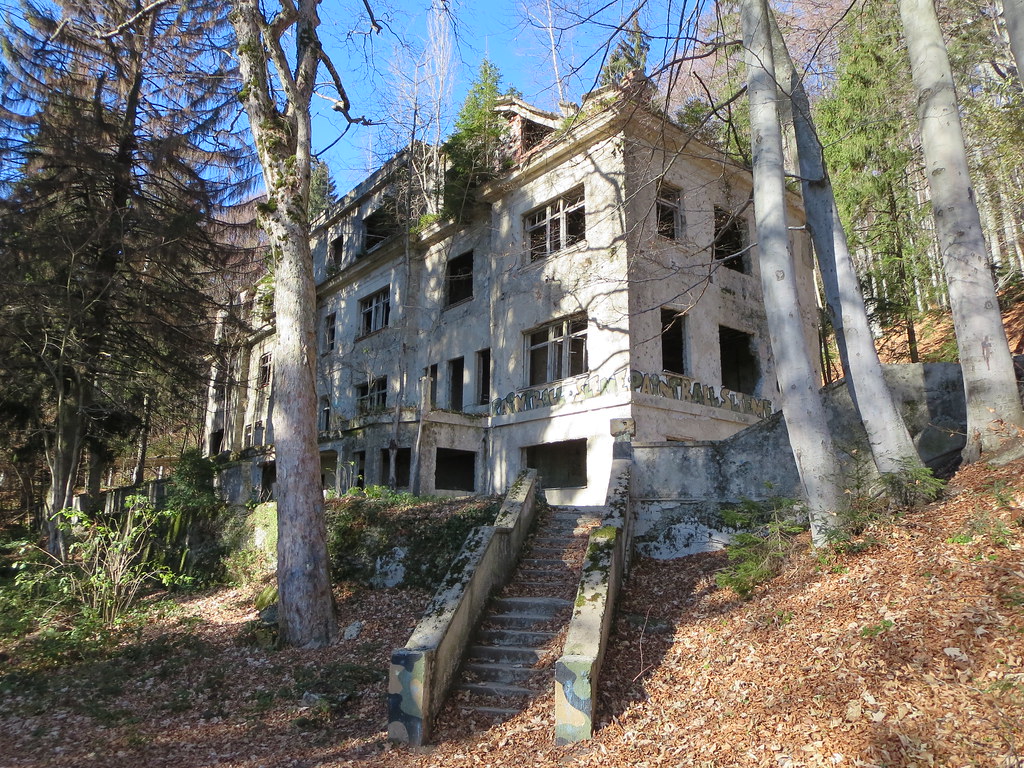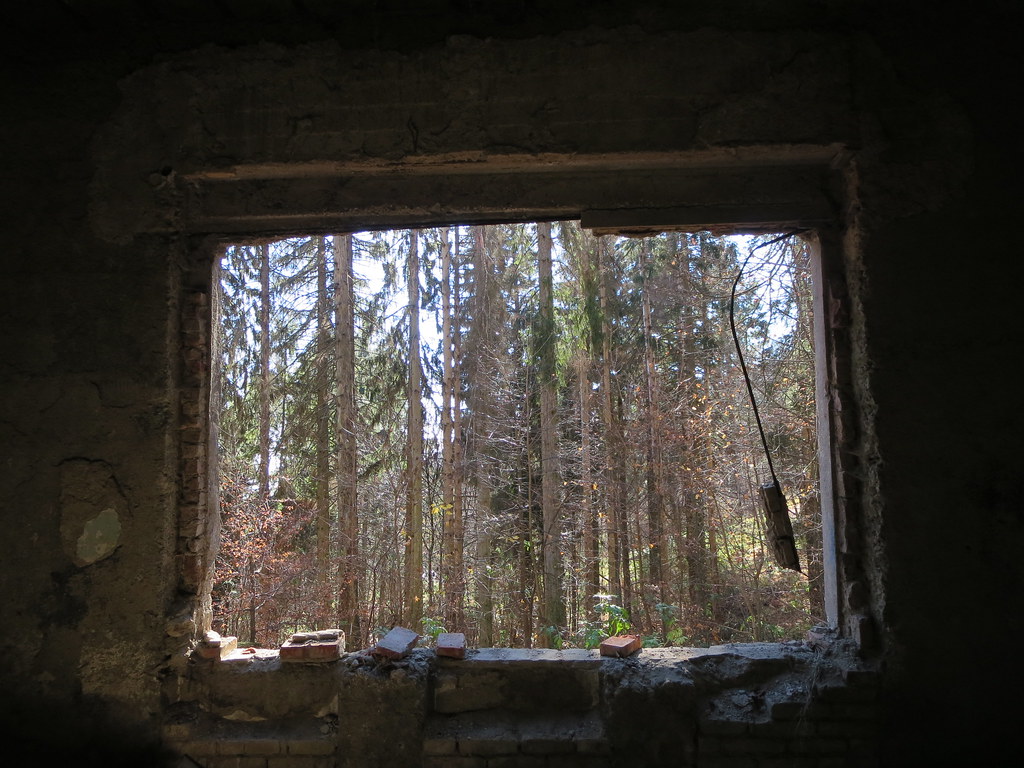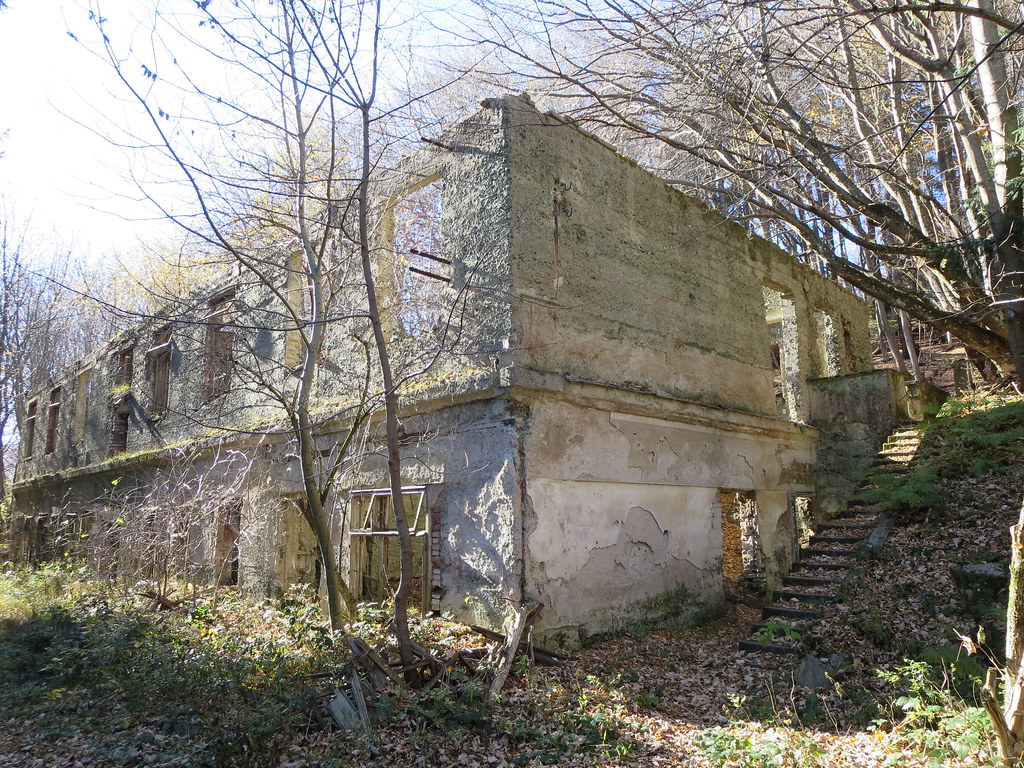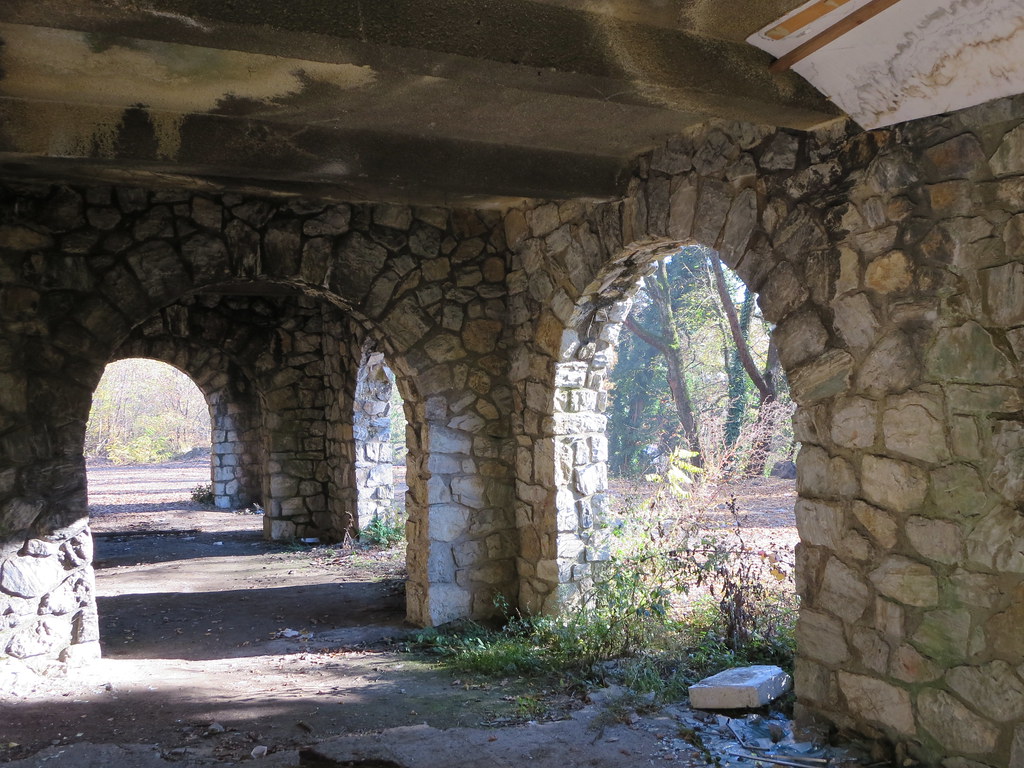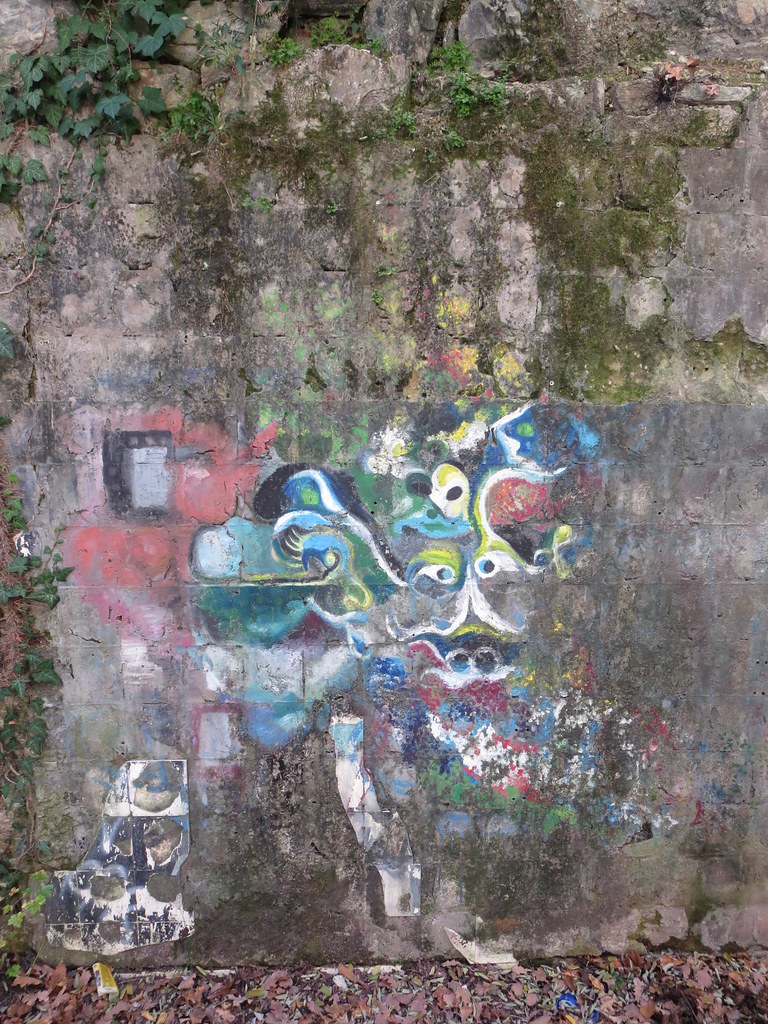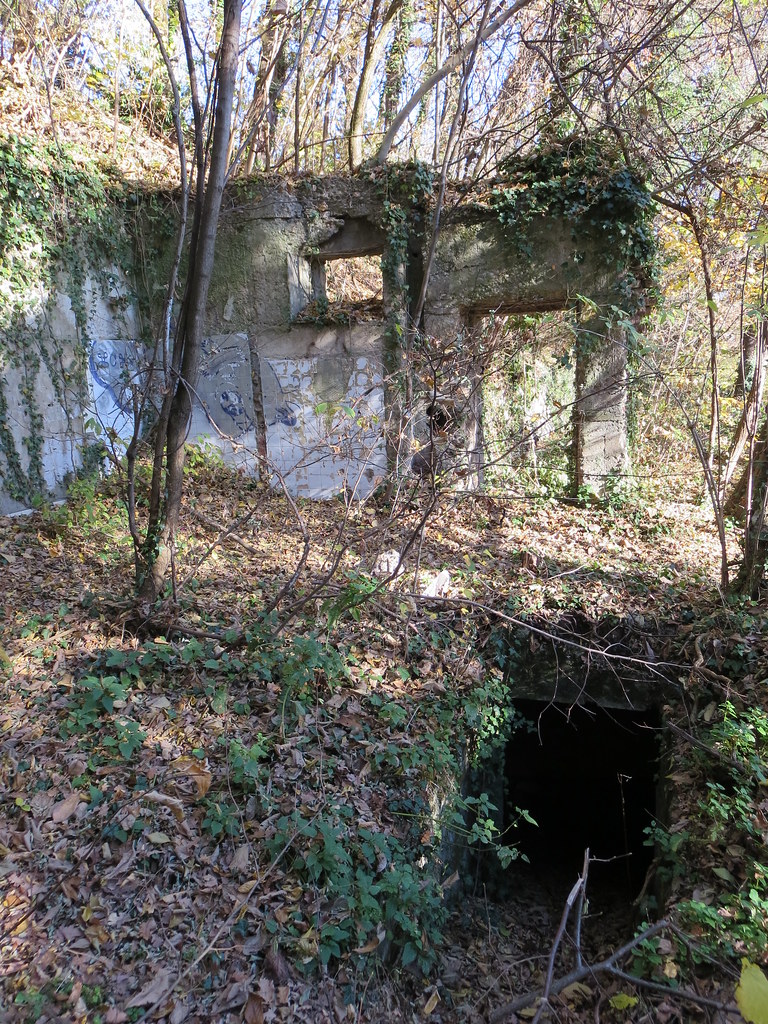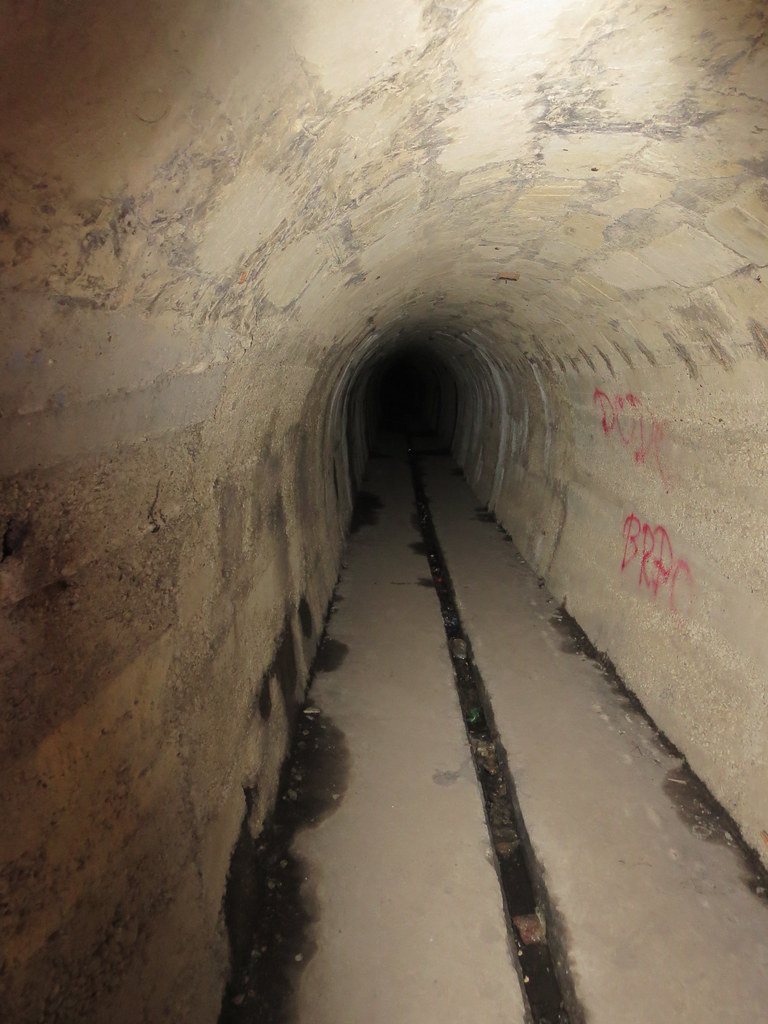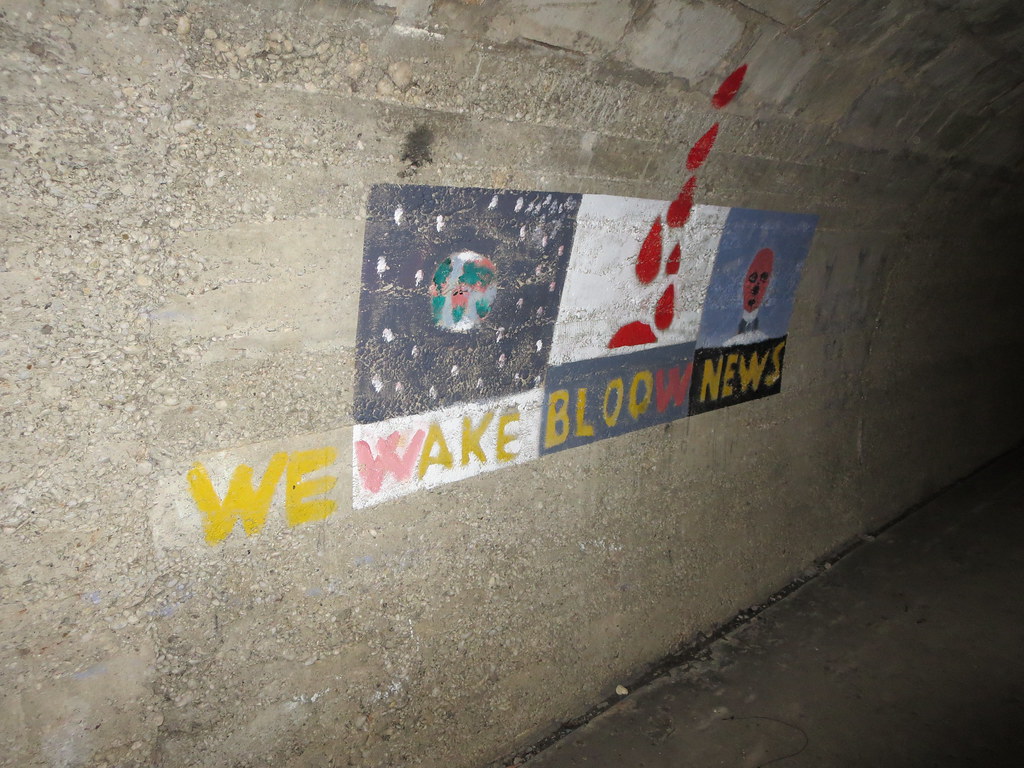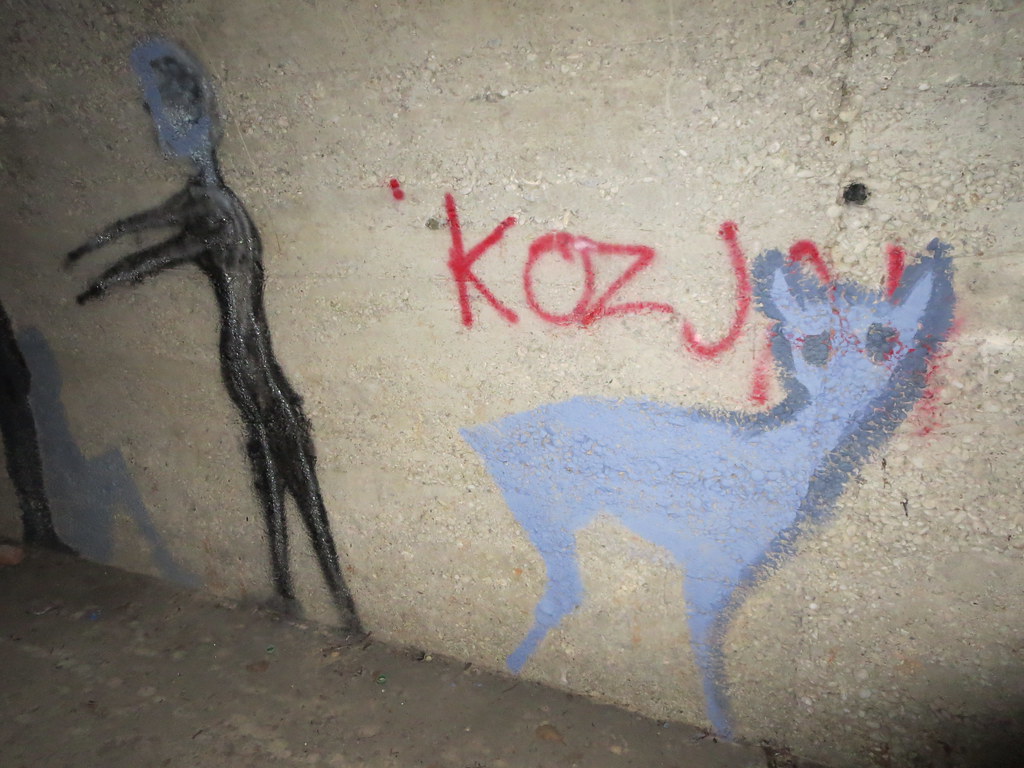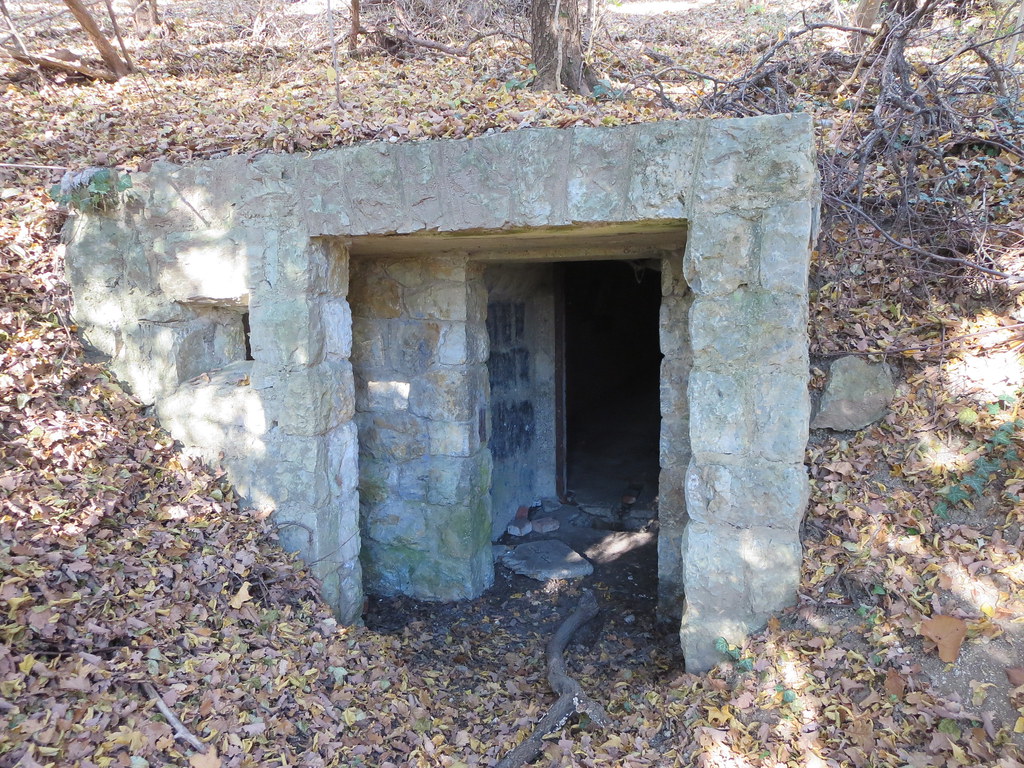SARAJEVO
Here's a little sampling of what we saw in Sarajevo.
Liberation Square
This is a monument celebrating multiculturalism called "Multicultural Man Builds the World." The sculpture has doves on it, but real pigeons are (poetically) always there too so its hard to tell which are real and which are part of the work. Sarajevo has long been a meeting of the East and the West and the multicultural aspects of the city and its citizens are a source of pride for many Sarajevans. Bosniaks (Muslims), Croats (Catholics), Serbs (Orthodox Christians) and Jews all have long histories here and which is why Sarajevo sometimes gets called the Jerusalem of Europe. In one part of town you can even find a mosque, a synagogue, a Catholic church, and an Orthodox church all within several city blocks. But unfortunately it's also easy to find a lot division between these communities, most of which is leftover from the Bosnian War. We went on a tour with a guide who works for an NGO doing reconciliation (trying to heal some of the wounds left from the war) and she was frustrated with lack of progress that shes sees in unifying her country.
And over here on the other side of the plaza from the monument you can see a never-ending old guy chess match. We basically saw this exact scene every time we walked through the square.
The Corner that Changed the World
This seemingly ordinary intersection is where some say that the 20th century began (on June 28, 1914) when Franz Ferdinand was assassinated, leading to the start of World War I.
And this is the famous Latin Bridge that he was turning onto when shot:
Sarajevo Roses
Throughout the city you can find real life scars from the Siege of Sarajevo. They're called Sarajevo Roses, which are craters from the siege that have been filled in with red resin. There is often a plaque nearby to list the victims of the explosions that created the concrete scar. Many have now been filled in as the city has rebuilt, but others have been intentionally left as a reminder of the war and as a memorial to its victims.
Vijećnica
Vijećnica served as the Sarajevo City Hall, until the 1940s when it became the National and University Library of Bosnia and Herzegovina. On August 25, 1992, during the Siege of Sarajevo most of the building and its 1.5 million volumes were destroyed. During the attack several citizens and librarians tried to save some books, and at least one of them was killed by Serbian snipers. The building has slowly been restored and is now used for a variety of events. When we visited they had an excellent exhibit on everyday life in Sarajevo over the last century.
War Tunnel Museum
During the Siege of Sarajevo, when most of the city was surrounded by Serbian forces the Bosniak loyalists built a secret tunnel under the airport to link Bosnian neighborhoods for the bringing in/out food, weapons, people, &c. After the war the narrow tunnels were abandoned until this museum was created, and a small part of the tunnel opened for visitors to walk through.
 |
| the house that the secret tunnel ended in |
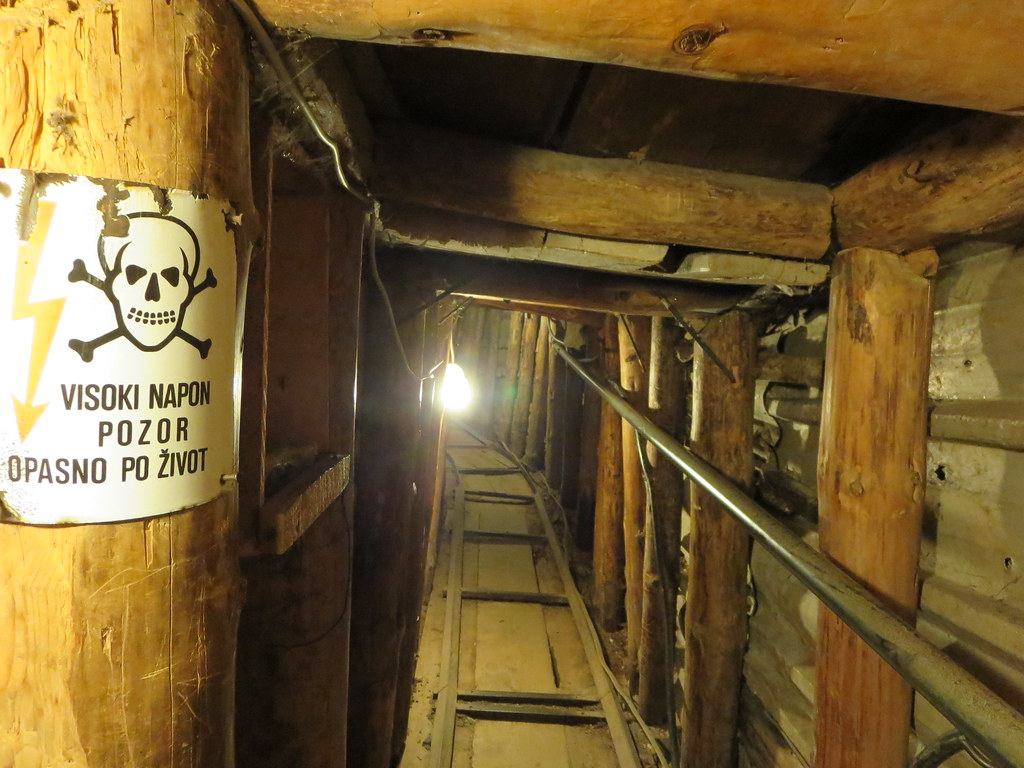 |
| the section of the tunnel open to visitors |
Bobsleigh Track
In case you didn't remember or weren't alive (I was not even one, JJ I think was in her 20s) Sarajevo hosted the 1984 Winter Olympics. It was a big deal for the city, the (then) country of Yugoslavia and its citizens. And even now it is still a obvious source of pride for the city and its people. The people we talked with spoke with pride at how well those game were ran and how fondly they remember the hosting of the games. Unfortunately, less than a decade later little evidence of the games remained. The bobsleigh track is one of the few relics of the games that still remain, although they are now in ruins, griffitied up, filled with bullet holes and (still) surrounded by landmines left from the Siege of Sarajevo. Our driver fought against the Yugoslav Army during the siege (with a family gun from WWI) and explained how he was responsible for patrolling the areas near the bobsleighs, which were mostly Serb controlled. He also mentioned that he had his first beer when he was a teenager at one of the restaurants at the top of Trebevic mountain, just up from the bobsleigh track. I cannot even imagine the feelings he must have revisiting this area where he has so many mixed memories.
Old Jewish Cemetery
Up on the mountainside above the main part of Sarajevo is the Old Jewish Cemetery, which was just around the corner from where we stayed. It is the second oldest cemetery in Europe and contains nearly 4,000 very weathered tombstones. It was also the front line during the Siege of Sarajevo when it was held by Serbs, which resulted in a lot of damage to the cemetery. Until 1998 it was even filled will landmines when they were thankfully all removed.
MOSTAR
There are three main things that I will remember about Mostar in several years time: the bombed-out buildings, the cemeteries, and the iconic bridge...oh and I'll probably also remember that random statue of Bruce Lee. So four things.
Bombed out buildings
Of all the cities of Bosnia and Herzegovina Mostar might have had it worse. Mostar has historically been divided into two parts: the Croatians (Catholics) lived on the west side of the river and to the east lived the Bosniaks (Muslims). At the start of the war the Croatians and Bosniaks of Mostar were fighting together against the common enemy of the Yugoslav Army, whom the country had just declared independence from. But after expelling the Yugoslavs from the city the fighting turned into a Croat-Bosniak War. Thousands died and many buildings and structures were bombed as neighbor fought neighbor. The result of this war is still very apparent when walking around Mostar today, the most obvious remnants being the shells bombed out of buildings that still line many streets.
Cemeteries
An even more tragic reminder of the war are the cemeteries all around town. We stayed right by one such cemetery that used to be a city park but was turned into a cemetery during the war. Since the city was under Siege and it was dangerous or impossible to bring the thousands of dead out to the old cemetery on the outskirts of town the people had to bury the dead in their neighborhood park.
The Partisan Memorial Cemetery is another Mostar cemetery that I will not be forgetting about. This cemetery is for the partisan that died fighting the fascists during World War II. It's a sprawling labyrinth like cemetery/memorial with stone walls that rise around 20 feet in some parts. The cemetery has not been taken care of through the years and is sadly filled with weeds and trash and covered in shitty graffiti (you're an asshole "riotstarter"). The hallways lead you up to the top where you can look over the hundreds of puzzle-like tombstones, the overgrown terraces, and the city off in the distance. One of the strangest cemeteries that I've ever been too.
Stari Most
The Stari Most is the iconic bridge of Mostar. It was built in the 16th century by the Ottomans and actually gave the town its name (most=bridge in Bosnian). Sadly during the Croat-Bosniak War this bridge this bridge that connects the two sides of the city was destroyed by Croat forces. It took over 10 years but got the funds and rebuilt it true to the original. During the summer you can see locals diving off the bridge into the river below for money, but we didn't see any diving while we were there in November.
& here's that Bruce Lee statue
-
Sarajevo flickr album
Mostar flickr album

